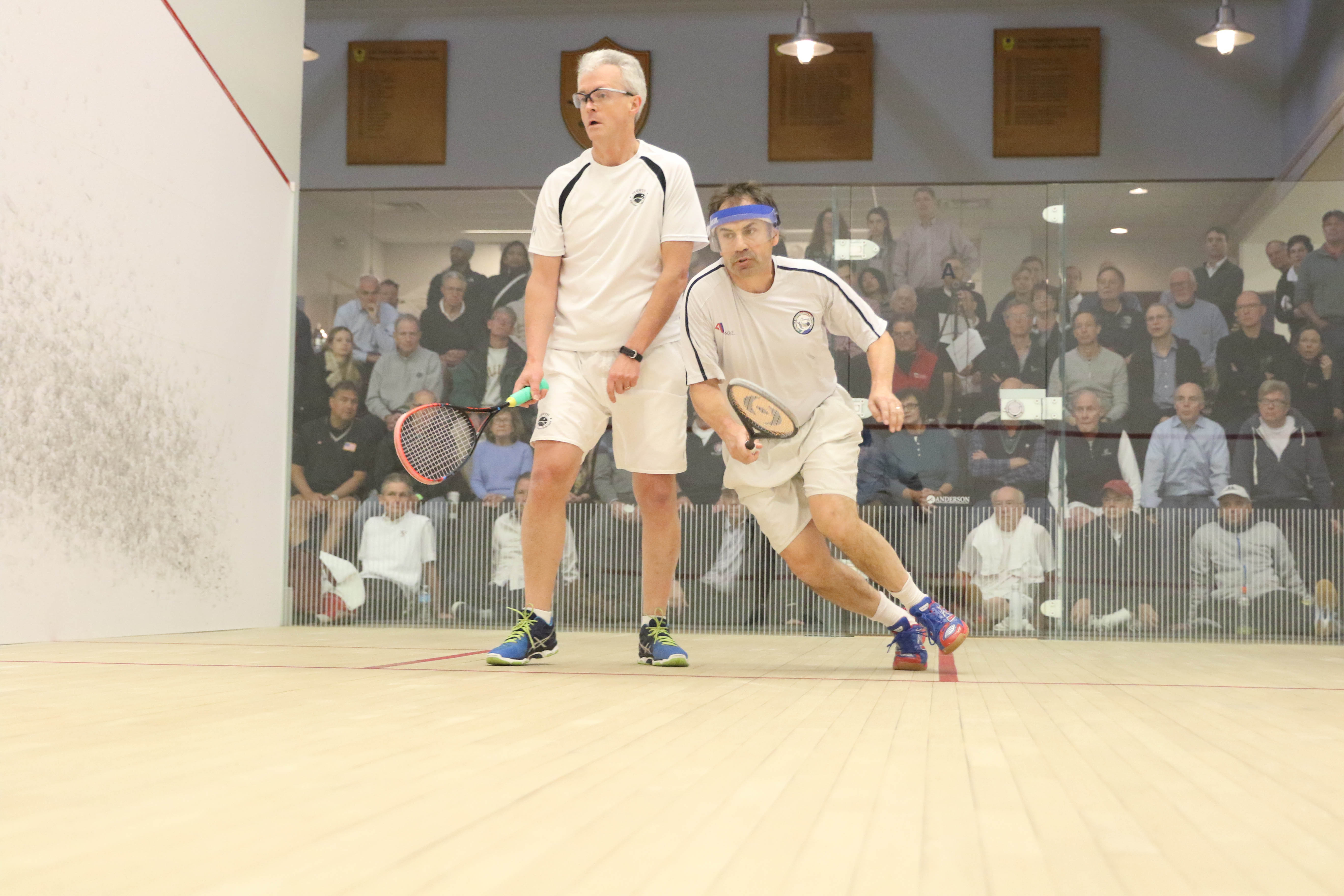
By Richard Millman
If you are a squash player who wants to challenge yourself, a good idea is to adopt a Personal Squash Development Plan (or PSDP). Before you can establish your plan, there are a number of questions that will affect the type and scale of plan that you adopt: what are your goals? Do you want to be the best you can be without limitation? Do you want to be the best you can be within the confines of a busy life that has many other priorities? Do you want to be a recreational player who is exploring the game with a moderate level of interest?
Building your squash game should be a balanced building program. It is a little like building a well-founded house.
Pillars of the House of Squash
- Personal Instruction.
The game of squash is incredibly nuanced and offers a vast range of ideas, strategies, physical requirements and imagination. This is why it is such a fascinating, life-long pursuit. However, without a personalized prescription for improvement and a highly-skilled guide through the complex mazes of the game, you will never realize your potential. This is the most important of the pillars. How much personal instruction you take will depend on several considerations, including your budget. What can you afford? Once per week? Three times per week? Once every two weeks? I don’t recommend anything less than once every two weeks because if you have a frequency of less than bi-weekly, the value of the lessons diminish and you will spend too much time revisiting the work of the previous lesson. Of course, there is nothing wrong with having one lesson to see if that works for you, or one lesson if you are visiting an area and you want to have a session with the local coach. But these options are not part of a PSDP.
- Practice.
Having worked with your teacher, you must practice. The information your coach passes on to you is extremely valuable. But it is the tip of PSDP iceberg. You can massively magnify the value by comprehensive practice. Solo practice is the most important and least adhered to form of practice in squash. Make solo your first priority, followed by practice with a partner and/or with a group of fellow players. Practicing alone to develop your movement and hitting techniques within the overarching theory of the game that you have been taught.
- Competition.
Competition is the third of the pillars. Competition evolves as a series of horizons in your squash journey. If you are a beginner, playing in a club round robin against random other beginners is plenty challenging enough. But pretty soon your coach will tell you that it is time you step up and play in club competition like an internal box or team league.
Both of these are really important parts of PSDP. An internal box league is a great barometer of how you are doing and gives you regular games against players of approximately your level. The internal club team league is your first real introduction to official competition. Every team is composed of several levels of player and each match should be properly marked and refereed. Don’t worry if you don’t know how to referee; the more experienced players will soon help and teach you. Also a good club team league should be great fun, with players coaching and supporting each other. There should be good sportsmanship and no bad behavior. Players should be able avoid confrontation and remain within the convivial spirit of the club’s friendly atmosphere.
Pretty soon after you start club team league, your coach should be encouraging you to enter bona fide tournaments. These could be events held at your club or other local clubs. The most valuable part of a tournament is what you learn off of the courts by interacting with and watching other players.
Your US Squash membership will build your ranking and rating, which you may already have through your intraclub play. This is a great way to both monitor your progress and also to help you match up with players when you are out of town or when out of town players come to your club.
Once you are a regular tournament player, you need to start targeting certain tournaments as goals and then scheduling smaller tournaments as preparatory tournaments. You don’t enter tournaments because you are good enough. You enter tournaments to learn how to become better.





